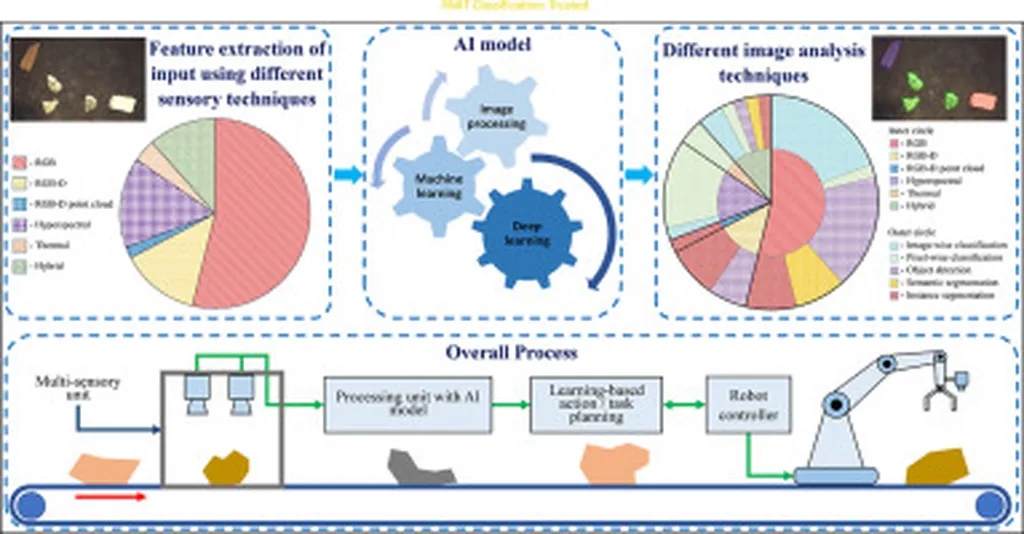In a groundbreaking study published in *Cleaner Engineering and Technology* (translated to English as “Cleaner Engineering and Technology”), researchers have harnessed the power of machine learning to optimize the use of agricultural waste in brick production, potentially revolutionizing the construction and energy sectors. Led by Zahraa Jwaida, a researcher affiliated with the School of Engineering at the University of Liverpool and the Industrial Preparatory School of Vocational Education Department in Iraq, the study introduces a novel approach to predicting the physical and mechanical properties of bricks made from agricultural wastes such as rice husk ash (RHA) and wheat husk (WH).
The research addresses a critical challenge in sustainable construction: the complex interactions among process variables and waste materials that make predicting brick properties difficult. By developing predictive models using four machine learning algorithms—random forest regressor (RFR), extreme gradient boosting (XGBoost), artificial neural network (ANN), and ridge regression (RR)—Jwaida and her team analyzed a dataset of 110 data points. The results were promising, with RFR achieving the highest predictive performance for compressive strength (R2 = 0.879) and water absorption (R2 = 0.901).
“This study not only demonstrates the potential of machine learning in optimizing waste-based materials but also highlights the importance of interpretable tools like SHAP, PDP, and ICE plots in understanding the underlying factors,” Jwaida explained. The sensitivity analysis revealed that manufacturing parameters such as soil content, firing temperature, and brick size had the highest impact on brick properties, while waste additives exhibited low sensitivity, supporting their sustainable inclusion.
The implications for the energy sector are significant. As the demand for sustainable construction materials grows, the ability to predict and optimize the properties of waste-based bricks can lead to more efficient and eco-friendly building practices. “By integrating predictive modeling and sensitivity analysis, we can optimize the use of agricultural wastes in brick production, reducing the environmental impact and potentially lowering production costs,” Jwaida added.
The study introduces a holistic workflow that could serve as a template for materials science, offering a transferable methodology for sustainable construction applications. As the construction industry continues to seek innovative solutions to reduce waste and improve efficiency, this research provides a compelling example of how machine learning can drive progress in the field.
In an era where sustainability and efficiency are paramount, Jwaida’s work underscores the potential of machine learning to transform traditional industries. By leveraging data-driven insights, researchers and industry professionals can pave the way for a more sustainable future, one brick at a time.

